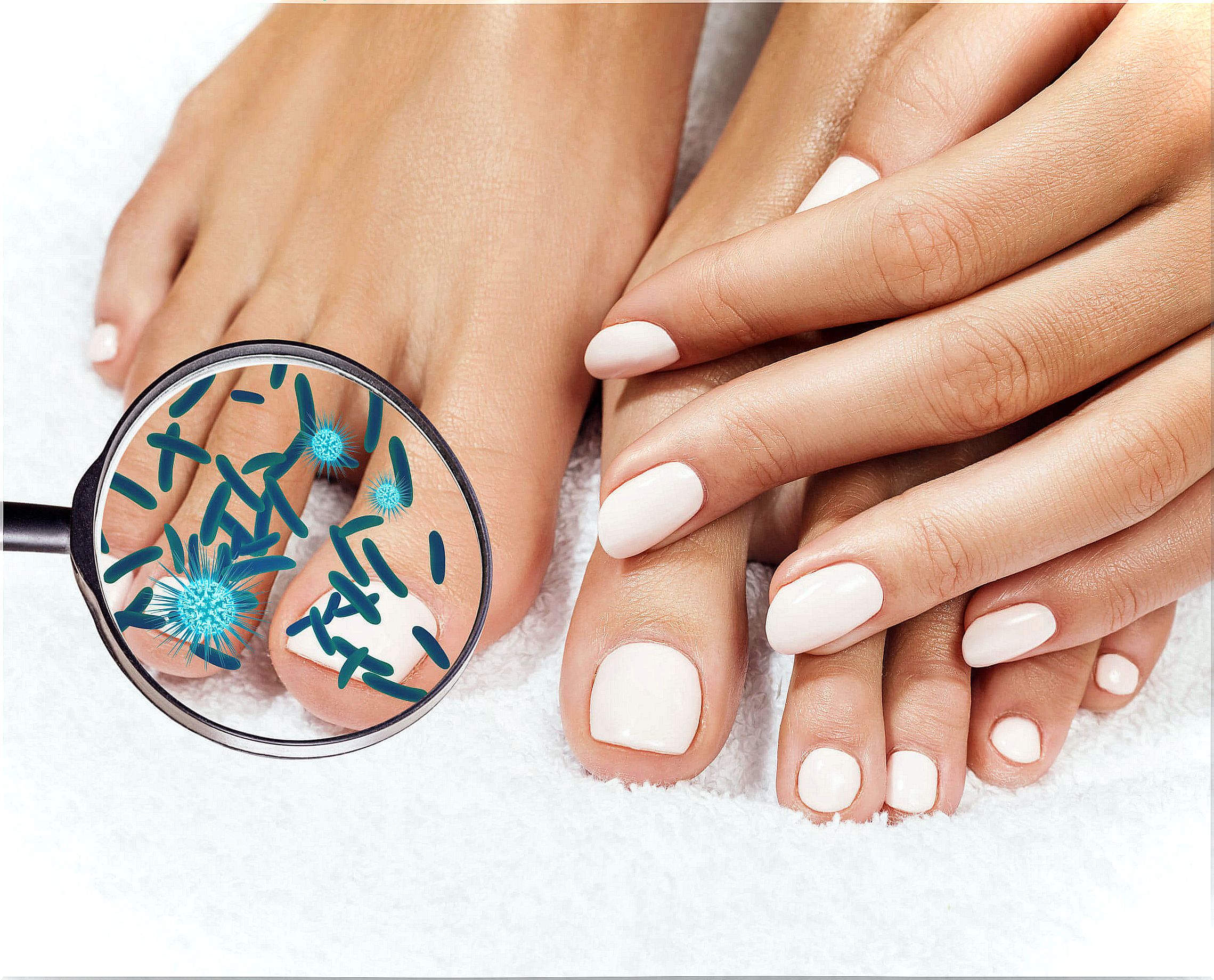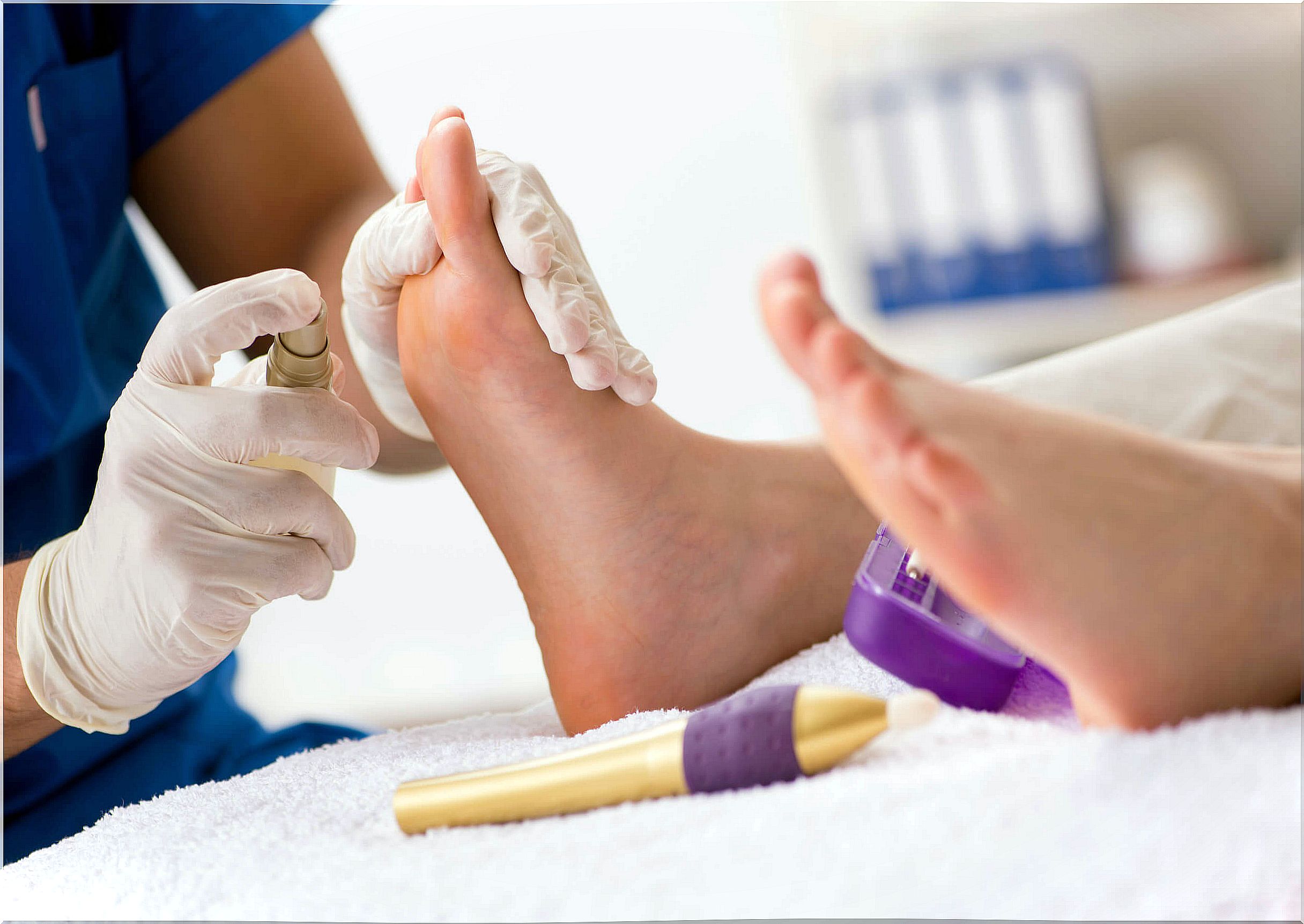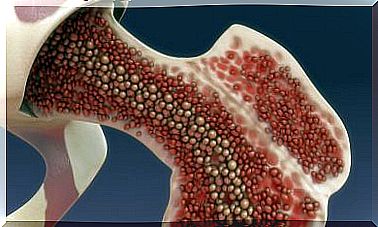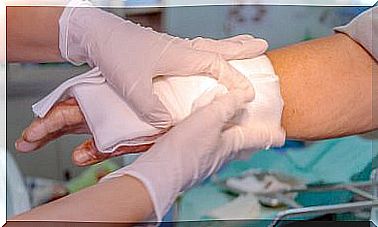Onychomycosis, A Common Infection
One of the most common nail diseases is onychomycosis, it can affect both fingernails and toenails. It is a fungal infection that can cause the nail to become deformed and acquire a yellowish or even whitish color.
It usually affects the toenails more frequently, since in that area they find more pleasant situations for their reproduction (darkness, heat and humidity).
The feet are often covered and are more likely to keep warm and humid, which is ideal for these invaders. If you also suffer from excessive sweating on your feet, you get the ideal environment for this type of infection.
More about onychomycosis

Nails change color, turning yellowish or whitish (depending on the case). They also change thickness, flake, break easily and are generally much more brittle. In addition, they have an unpleasant appearance and smell.
The infection can appear as a result of poor hygiene, or from contact with someone with ringworm. However, it is necessary to bear in mind that there are people who are more prone to developing these types of problems, even maintaining good hygiene.
Risk factor’s
- Suffer from diabetes
- Have some immunodeficiency.
- Having peripheral vascular disease.
- Be male.
- Older age (older adults are more prone to onychomycosis).
Treatment for onychomycosis

Treatment for onychomycosis usually includes antifungal medications (terbinafine or itraconazole) taken by mouth. In addition, the occasional use of topical treatments (tavaborol, amorolfine, for example) may be considered.
On the other hand, the patient will be recommended to take certain measures, such as:
- Dry your feet thoroughly after showering.
- Avoid immersion baths and swimming pools.
- In case of wearing closed shoes, use antifungal powders.
- Avoid applying colored nail polish during treatment.
- Trim the affected nails carefully, according to the guidelines given by the doctor.
- Avoid wearing shoes and socks for long periods of time. And as far as possible, it is recommended to wear sandals, to keep the area well ventilated.
- Ventilate shoes after wearing them for at least one hour a day.
- Change socks every day (or as many times as necessary in case of sports).
Once the group of alterations disappears completely, it will not be necessary to continue with the medications. Be careful, this does not mean that treatment should be suspended at the first signs of improvement. The only person who can determine when treatment can be stopped is the doctor.
At this point, it should be clarified that at the end of the treatment the nail will not have a normal appearance, but it will begin to grow healthy. From then on, it is best to be patient and cut the nail carefully.
Prevention is always the best option
When it comes to onychomycosis, prevention is the best option.
In general, there are three things to avoid: darkness, heat and humidity, since they are the preferred conditions for invading microorganisms.
Therefore, it is advisable to avoid the use of closed footwear for long periods of time, place it to ventilate after having used it, put on clean and dry socks, dry the feet well from the bathroom and, if sleeping with socks, make sure These are made of cotton (since this is a material that allows perspiration).
In case of wounds, it is important to pay due attention to them to prevent fungi from taking advantage of this path to infect.
Home remedies for onychomycosis
Although various remedies have been recommended in the popular sphere to treat onychomycosis (such as vinegar, sodium bicarbonate, lemon, garlic, onion, etc.), their use is not recommended in all cases or either way.
They are used occasionally, in some situations and always as a complement to what the doctor indicates.
Unlike what they intend in the first instance, when used indiscriminately they can worsen the problem, generating various adverse reactions. For this reason, it is essential to take good advice and proceed with great caution.
If you want to try a remedy, it is advisable to consult your doctor before doing so. Especially if you are under some type of continuous treatment.









